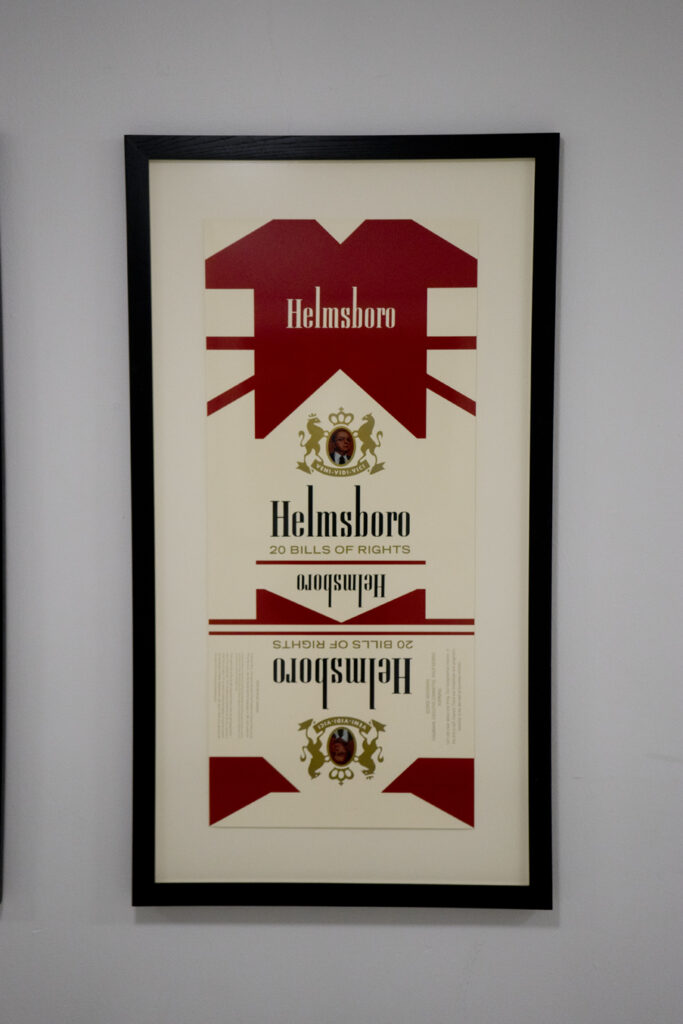
I passed by the Hans Haacke Helmsboro Country diptych for years as an undergrad at Eugene Lang College and never paid it any meaningful attention. It wasn’t until I attended Milano that it began to stand out more and more. During my time there, you could walk around 72 Fifth Ave. and find the building full of notepads from the Altria Group (formerly Phillip Morris.) I didn’t know why. Later, I learned that 72 Fifth Ave. itself used to be known as the Phillip Morris building and served as its early 20th century headquarters. The Altria Group has also been a major donor to Milano as recently as 2008—hence the many notepads.
When I encounter this art now, I’m reminded of the criticism often raised here that, as a school, we present a very socially just image to the world but often engage in morally conflicted behavior. I feel a desire for the University to uphold or at least engage with the values expressed through the various art collections it displays and holds. A hope that the art that remains here for so long could offer guiding principles in a way that our changing mission statements and governing structures could not.
In line with our current divestment efforts, should art like this diptych have text that accompanies it that describes our efforts to further our social responsibility—or times we have failed?
Given that we have taken the Altria Group’s money, should we display art that criticizes a donor?
What other pieces of art around the University illustrate similar tensions between social critique and the actions of The New School?
Nicholas Krebs
Staff, The New School

